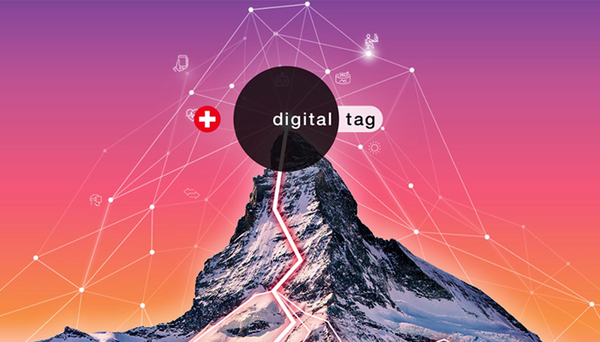Archive detail
Digital Day 2017: How digitalisation will influence our future
November 20, 2017 |
Off the back of this event, we also plan to take a close look at Eawag’s own digital future, and we sat down with Carlo Albert to talk about the subject. Carlo Albert is Head of the “Mathematical Methods in Environmental Research” group in the “Systems Analysis and Modelling” department. His work involves the development and application of algorithms and the modelling of complex systems in hydraulic and ecological applications, with all the new technologies and increasing amounts of data that are emerging in these areas.
Journalist Chris Anderson postulated in 2008 that the flood of data would make scientific methods obsolete. As a scientist, what is your view on this statement?
In my opinion, this statement is incorrect for two reasons. I strongly believe that scientific methods, or theory formation, if you like, improve data science, because in order to extract information from data, you always need a mathematical model. In classical machine learning methods, you have completely non-specific models into which no knowledge about the system is introduced. When, on the other hand, we use our knowledge of a system in the form of a theory, we are optimising the data science. Thus, we can potentially glean more valuable information from the data with the help of better theories. The learning process is iterative — when we learn something from the data, that can lead to a better theory, and with a better theory we can, in turn, learn more from the data.
Moreover, we don’t just want to produce forecasts with the data. We also want to understand the system and the processes. That is something which is not possible with classical machine learning methods. If you simply train a neural network just with input-output data, then you might produce good forecasts, but you will not have gained any understanding of the system. As scientists, we don’t just want to make forecasts, we also want to understand how nature operates.
How are the ever-increasing amounts of data changing the work of the researchers and the challenges they face?
The more data we have, the greater the challenge in terms of modelling, because more data means more structures that can be found in the data. This means that more sophisticated mathematical methods are needed in order to feed these structures into a model. The challenge is of a mathematical nature on the one hand — greater mathematical expertise is required — and on the other hand better machines are often required, that can handle the more complex models and process the larger amounts of data.
What can we do to best prepare ourselves for these challenges?
We will probably need more modellers, and more people who have some understanding of data science. Martin Vetterli, the President of the EPFL recently said that a far greater emphasis will be placed in the future on mathematics and data science in the education of biologists than has been the case up to now. That means that researchers will probably need to have more competencies in these areas in future, which will also have a knock-on effect at Eawag.

